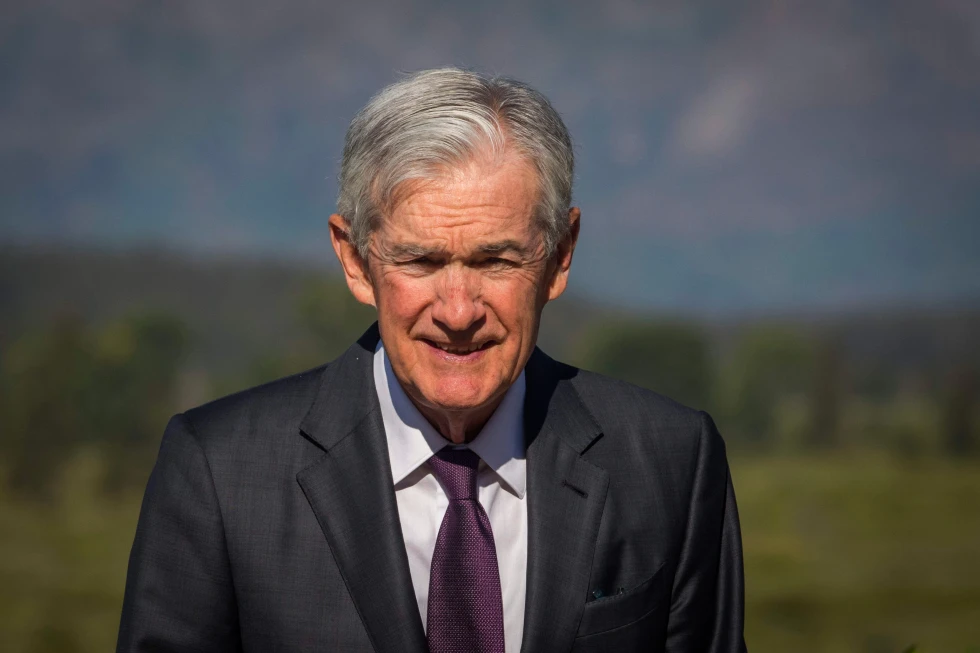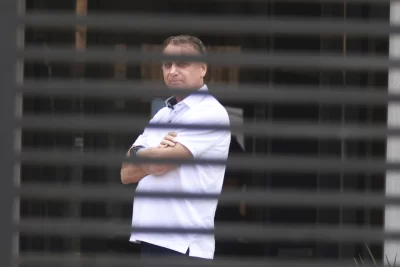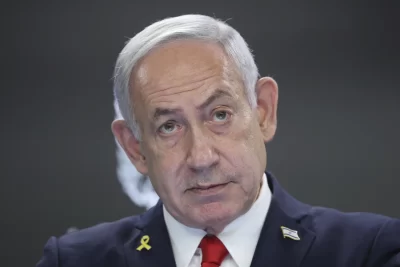
WASHINGTON — Now that Federal Reserve Chair Jerome Powell has signaled that the central bank could soon cut its key interest rate, he faces a new challenge: how to do it without seeming to cave to the White House’s demands.
For months, Powell has largely ignored President Donald Trump’s constant hectoring that he reduce borrowing costs. Yet on Friday, in a highly-anticipated speech, Powell suggested that the Fed could take such a step as soon as its next meeting in September.
It will be a fraught decision for the Fed, which must weigh it against persistent inflation and an economy that could also improve in the second half of this year. Both trends, if they occur, could make a cut look premature.
Trump has urged Powell to slash rates, arguing there is “no inflation” and saying that a cut would lower the government’s interest payments on its $37 trillion in debt.
Powell, on the other hand, has suggested that a rate cut is likely for reasons quite different than Trump’s: He is worried that the economy is weakening. His remarks on Friday at an economic symposium in Grand Teton National Park in Wyoming also indicated that the Fed will move carefully and cut rates at a much slower pace than Trump wants.
Powell pointed to economic growth that “has slowed notably in the first half of this year,” to an annual rate of 1.2%, down from 2.5% last year. There has also been a “marked slowing” in the demand for workers, he added, which threatens to raise unemployment.
Still, Powell said that tariffs have started to lift the price of goods and could continue to push inflation higher, a possibility Fed officials will closely monitor and that will make them cautious about additional rate cuts.
The Fed’s key short-term interest rate, which influences other borrowing costs for things like mortgages and auto loans, is currently 4.3%. Trump has called for it to be cut as low as 1% — a level no Fed official supports.
However the Fed moves forward, it will likely do so while continuing to assert its longstanding independence. A politically independent central bank is considered by most economists as critical to preventing inflation, because it can take steps — such as raising interest rates to cool the economy and combat inflation — that are harder for elected officials to do.
There are 19 members of the Fed’s interest-rate setting committee, 12 of whom vote on rate decisions. One of them, Beth Hammack, president of the Federal Reserve’s Cleveland branch, said Friday in an interview with The Associated Press that she is committed to the Fed’s independence.
“I’m laser focused … on ensuring that I can deliver good outcomes for the for the public, and I try to tune out all the other noise,” she said.
She remains concerned that the Fed still needs to fight stubborn inflation, a view shared by several colleagues.
“Inflation is too high and it’s been trending in the wrong direction,” Hammack said. “Right now I see us moving away from our goals on the inflation side.”
Powell himself did not discuss the Fed’s independence during his speech in Wyoming, where he received a standing ovation by the assembled academics, economists, and central bank officials from around the world. But Adam Posen, president of the Peterson Institute for International Economics, said that was likely a deliberate choice and intended, ironically, to demonstrate the Fed’s independence.




